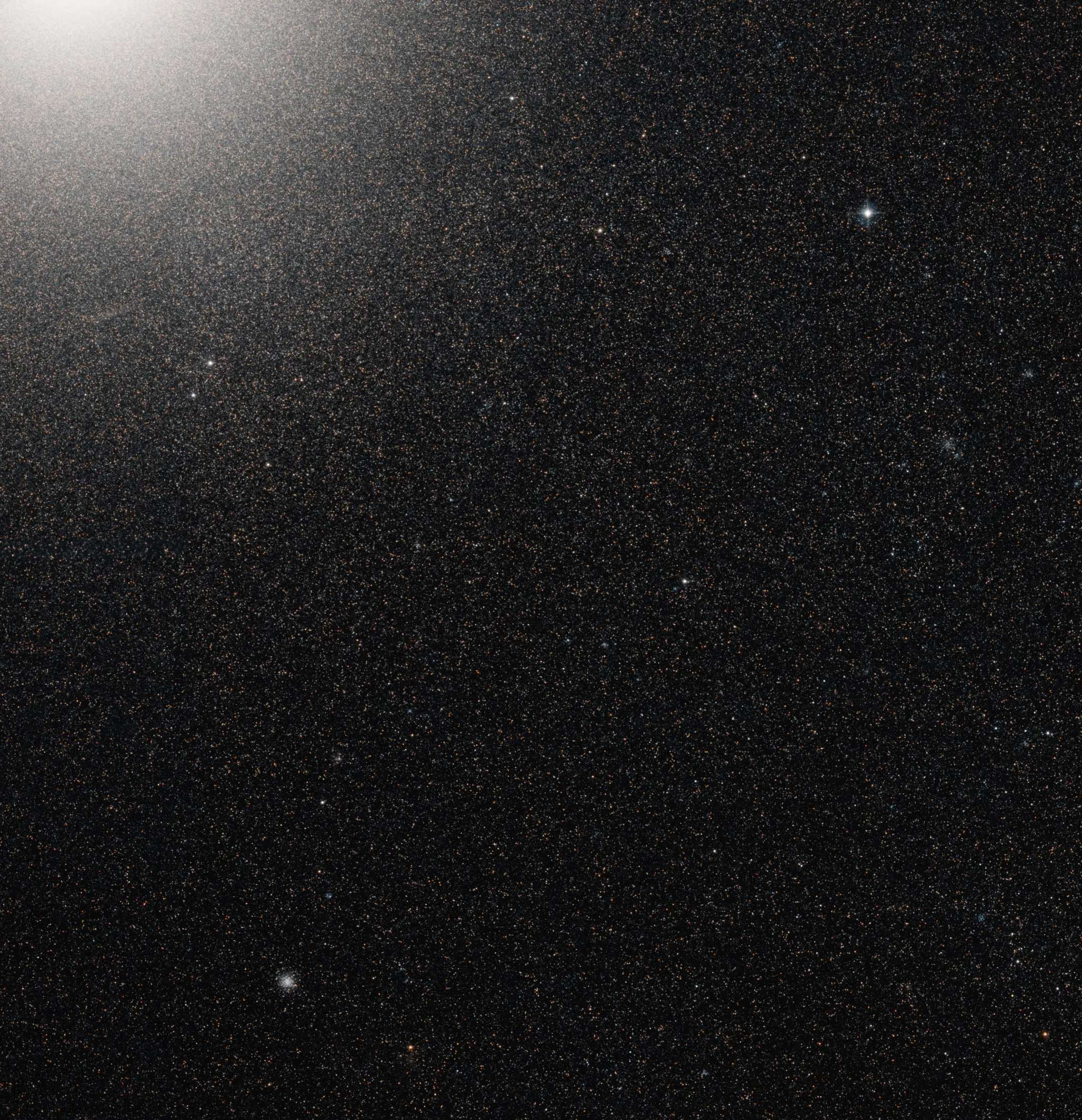M32 | NGC 221 | Elliptical Galaxy | Andromeda | 2,650,000 Light Years Away
Messier 32, also known as M32 or NGC 221, is a dwarf elliptical galaxy that orbits the larger Andromeda Galaxy (Messier 31). Discovered by Italian astronomer Giovanni Batista Hodierna in the 17th century and later cataloged by Charles Messier in 1749, M32 is situated in the constellation Andromeda. With a distance of approximately 2.5 million light-years from Earth, this compact galaxy is one of the satellite galaxies associated with the larger Andromeda system.
M32 is relatively small compared to its grand spiral companion, Messier 31, with a diameter of about 6,500 light-years. Its appearance is characterized by a dense central region and a smoother outer envelope. The dwarf elliptical galaxy is thought to have undergone interactions with Messier 31, resulting in its current shape and characteristics. Observations of M32 contribute to our understanding of the dynamics and interactions between galaxies within a group, providing valuable insights into the complex processes that shape the structure of cosmic systems.
Despite its diminutive size, M32 is a fascinating object of study in the realm of extragalactic astronomy. Its proximity to the larger Andromeda Galaxy allows astronomers to explore the dynamics of galactic interactions and the influence of larger galaxies on their smaller companions. Messier 32 stands as a testament to the intricate dance of gravitational forces and the interconnected nature of galaxies within the vast cosmic tapestry.

